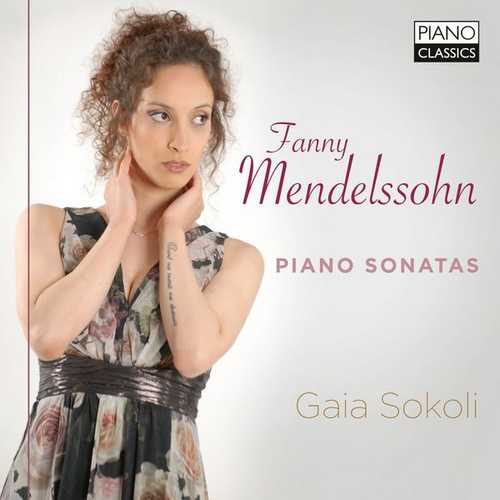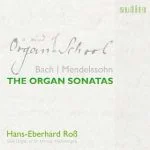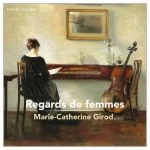

Composer: Fanny Mendelssohn Hensel
Performer: Gaia Sokoli
Format: FLAC (tracks)
Label: Piano Classics
Catalogue: PCL10187
Release: 2021
Size: 835 MB
Recovery: +3%
Scan: yes
Sonata in G Minor, H-U 395
01. I. Allegro Molto Agitato
02. II. Scherzo
03. III. Adagio
04. IV. Finale. Presto
Ostersonate
05. I. Allegro Assai Moderato
06. II. Largo E Molto Espressivo
07. III. Scherzo. Allegretto
08. IV. Allegro Con Strepito
09. Sonatensatz in E H-U 44 – Allegro Molto Moderato
Sonata in C Minor, H-U 128
10. I. Allegro Moderato E Con Espressione
11. II. Andante Con Moto
12. III. Finale. Presto
Born in 1998 to Albanian parents, the Italian pianist Gaia Sokoli has won rave reviews as well as a string of competition awards in her home country. She took first prize in the Bradshaw and Buono Competition held annually in New York, and made a Carnegie Hall debut at the age of 13. Gaia Sokoli was giving concerts as a young child: “Making music came naturally to me and I felt I had to do it”. Gaia Sokoli’s repertoire ranges from Bach to Ligeti, but she has a particularly strong feeling for the late-Classical and early-Romantic piano composers from Beethoven to Chopin and Schumann. She studies with Roberto Prosseda, who has contributed the booklet essay to her debut recording, discussing Fanny Mendelssohn’s sonata writing in the context of a culture which saw her compositional activity as little more than the talented exercise of a hobby when set alongside her brother Felix’s pre-eminent genius.
Gaia Sokoli is well placed to bring out all the ardour and pianistic sophistication of Fanny Hensel’s piano writing, which in its smaller and lighter forms – the songs without words and nocturnes so beloved of salon audiences – has received plenty of attention on record before now. But Hensel was no less accomplished at disciplining her melodic imagination on the grander scale of the sonata. Two years a standalone sonata movement composed at the age of 17, she wrote a three-movement work in the Romantically resonant key of C minor, with an insistent rhythmic tag in the finale which her brother “borrowed” for a Vivace movement of his own two years later.
From six years later, the year before her marriage to Wilhelm Hensel which drastically curtailed her creative output, comes the “Easter Sonata” so excitingly rediscovered in modern times. The name derives from the Easter Monday when she completed the sonata’s first movement, but the four movements generate a sense of momentous drama through to a tormented A minor finale in which an Easter chorale finally bestows serenity.
After this powerfully original work, the G minor Sonata of 1843 raises the dramatic stakes still further with a headstrong opening movement worthy of any piano work by more celebrated male contemporaries. Unstable harmonies as well as Fanny’s trademark melodic charm propel the sonata forwards towards a surprisingly carefree finale.



